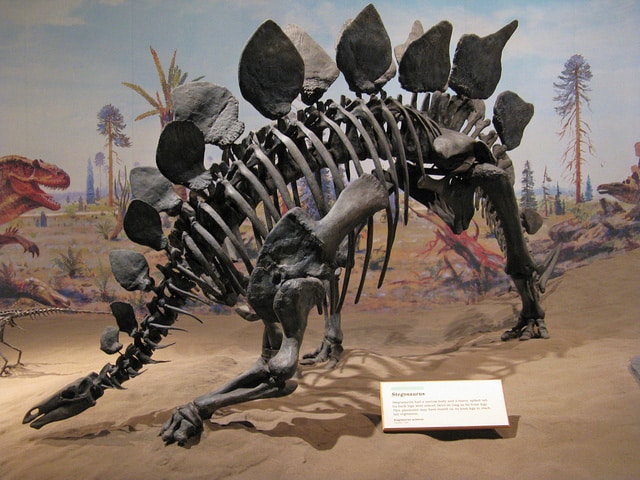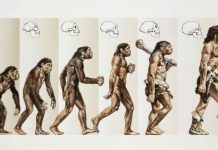In the late 1800’s paleontologists explored Colorado for dinosaur remains, discovering and naming many varieties familiar to us today. One of these, Stegosaurus, has some of the most unusual features of any known dinosaur.
Marsh Names Stegosaurus in 1877
In 1877 American paleontologist Othniel Charles Marsh hired geologist/artist Arthur Lakes to collect fossils for him, helping precipitate the great Bone Wars between Marsh and naturalist Edward Drinker Cope.
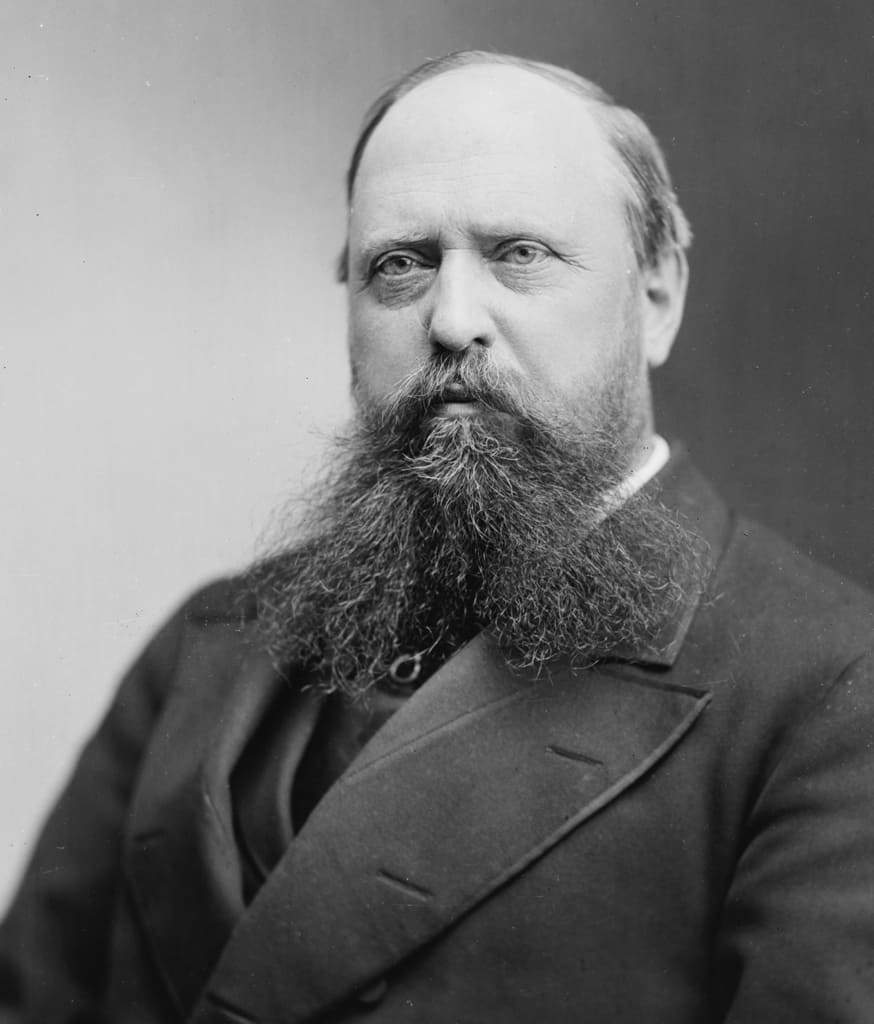
In the fall of that year Lakes led a crew of workers in exploring sandstone deposits of the Jurassic Morrison Formation (about 150 million years old) near Morrison, Colorado. In one particular quarry, known originally as Morrison Quarry Number 5 and later as Lakes’ Quarry 5 and Dinosaur Ridge Bone Quarry, Lakes and engineer H.C. Beckwith of the U.S. Navy uncovered unusual spiked bones of unknown identity.
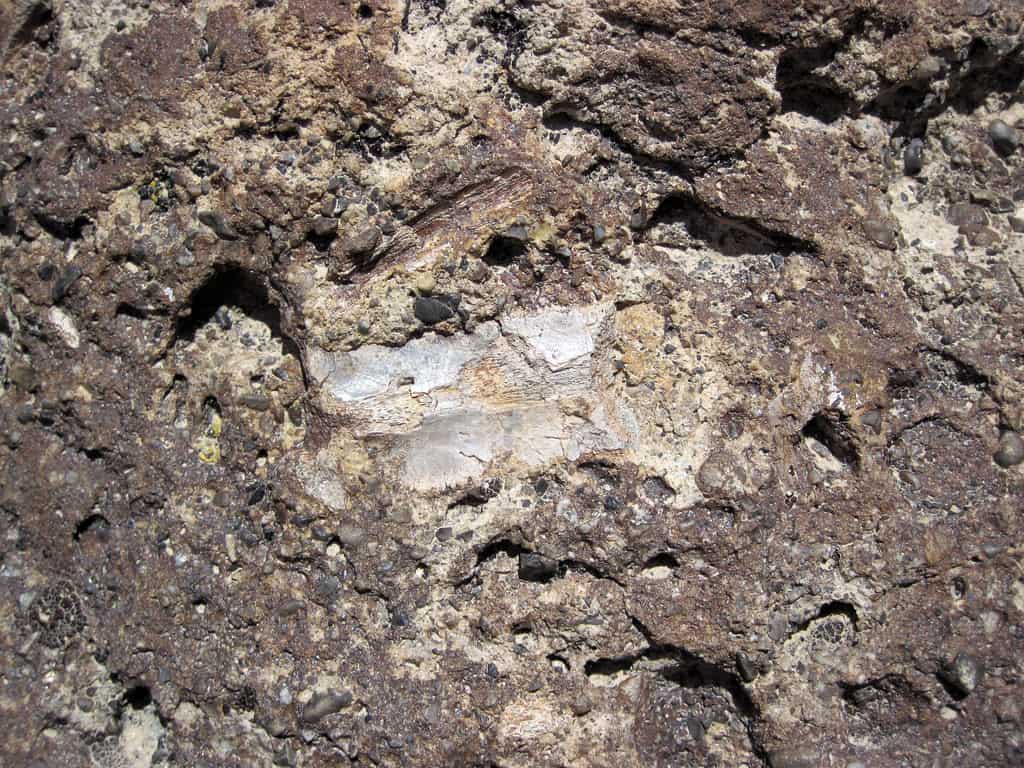
Lakes sent the fossils to Marsh at Yale’s Peabody Museum of Natural History. Marsh studied the remains, compared them to other fossils, and published a description of his observations in the American Journal of Science and Arts. Marsh noted that the extinct animal was a large reptile with characteristics of dinosaurs, plesiosaurs (aquatic carnivorous reptiles), and turtles.
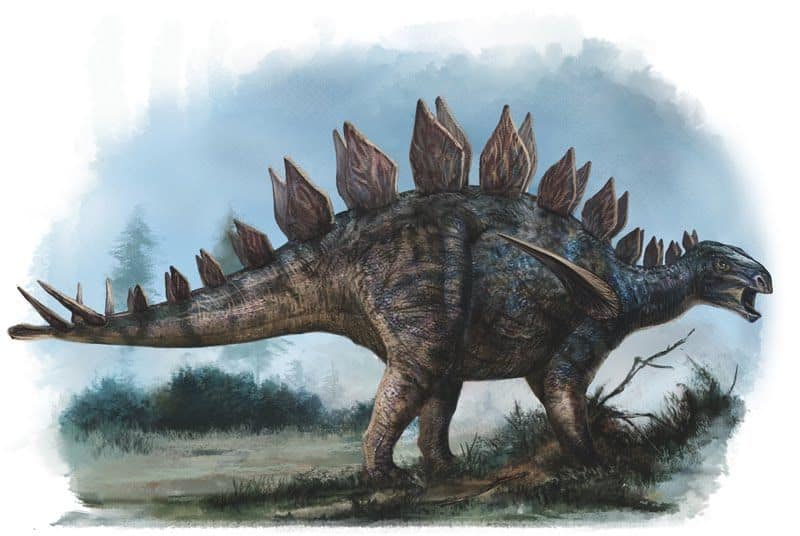
Not yet recognizing that the fossils in fact were dinosaurs, Marsh assigned them to a new order of reptile, Stegosauria, and introduced the taxon Stegosaurus armatus, meaning “armor roof reptile”. Today Stegosaurus is recognized as a member of the dinosaur order Ornithischia, the bird-hipped dinosaurs.
In later years Marsh named additional species of Stegosaurus, including Stegosaurus stenops, which is represented by the most complete Stegosaurus skeleton known.
Characteristics of Stegosaurus and Gary Larson’s Impact on Dinosaur Research
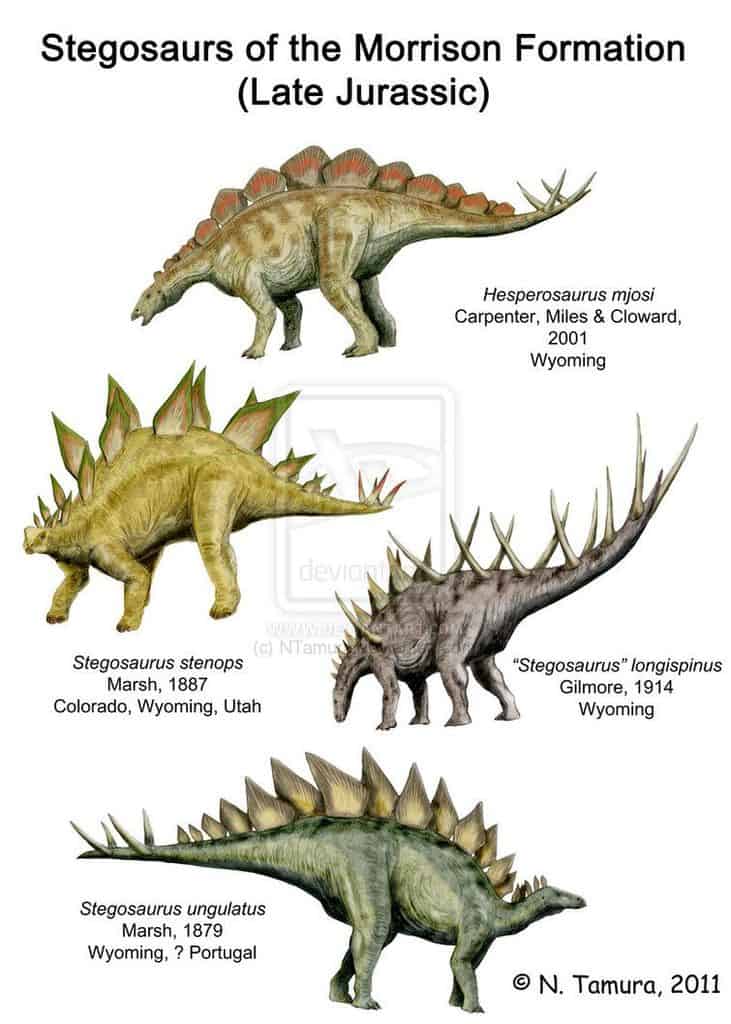
Stegosaurus is one of the most easily identifiable dinosaurs due to several unusual features. Growing as large as 30 feet long and nine feet tall, this nearly 7000-pound-beast was distinguished by a series of 17 flat plates on its back, attached not to the skeleton but to the skin.
Contrary to early scientific beliefs, paleontologists today generally agree that the plates were likely arranged in two alternating rows. While some scientists believe the plates may have been used for defense or sexual display, others believe they were incorporated for temperature regulation.
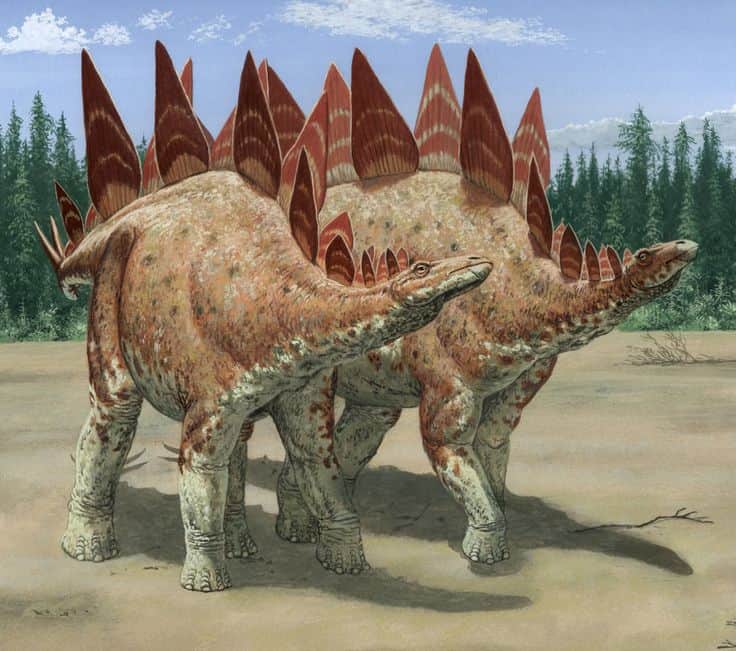
The Stegosaurus head was very small in relation to the body, with a brain only about the size of a walnut. When Marsh first studied Stegosaurus remains, he believed that an enlarged area of the spinal column near the hip may have contained a “second brain”, perhaps used for controlling the animal’s rear limbs. Today, scientists believe this space was more likely a secondary nerve center.
Stegosaurus was a quadruped but the back legs, with three toes, were twice as long as the five-toed front ones. For feeding, the animal relied on a toothless beak to eat vegetation. It also ingested stones (gastroliths) to help with food digestion.
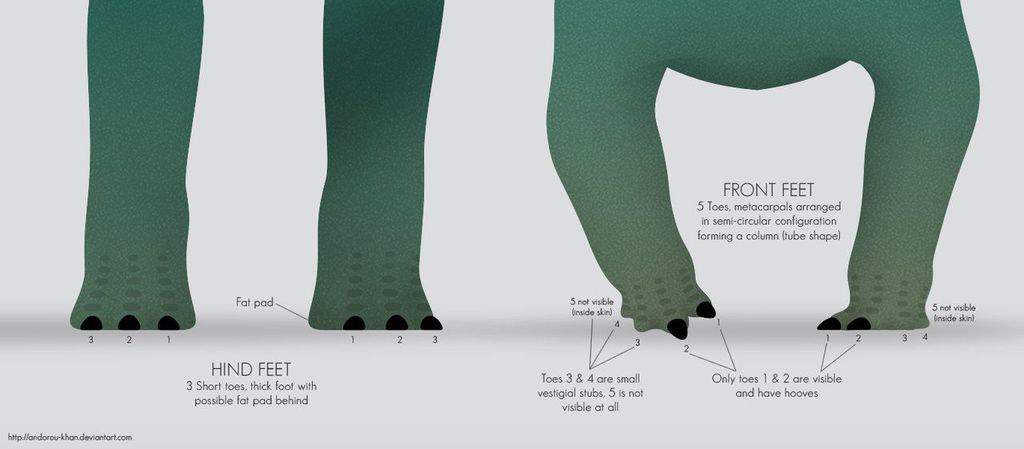
A feature of Stegosaurus that has crossed the line between culture and science is a tail featuring from four to eight spikes, each measuring up to four feet long. While early scientists believed these spikes were for display, current theories instead suggest defense as their primary purpose.
In a classic 1982 Far Side cartoon by Gary Larson, a caveman explains to a class that the end of the tail of a Stegosaurus is called a “thagomizer”, “after the late Thag Simmons”.
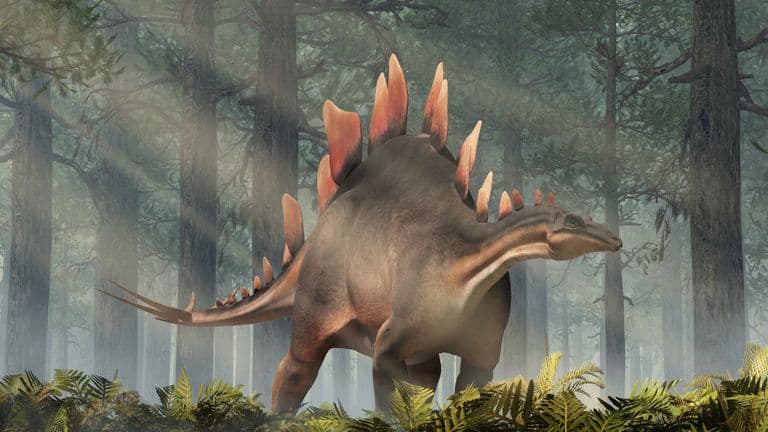
The following year, paleontologist Ken Carpenter of the Denver Museum of Nature and Science used Larson’s term thagomizer during a scientific presentation at the annual meeting of the Society of Vertebrate Paleontology. The term has been in general use ever since.
Governor Richard Lamm Proclaims Colorado’s State Fossil in 1982
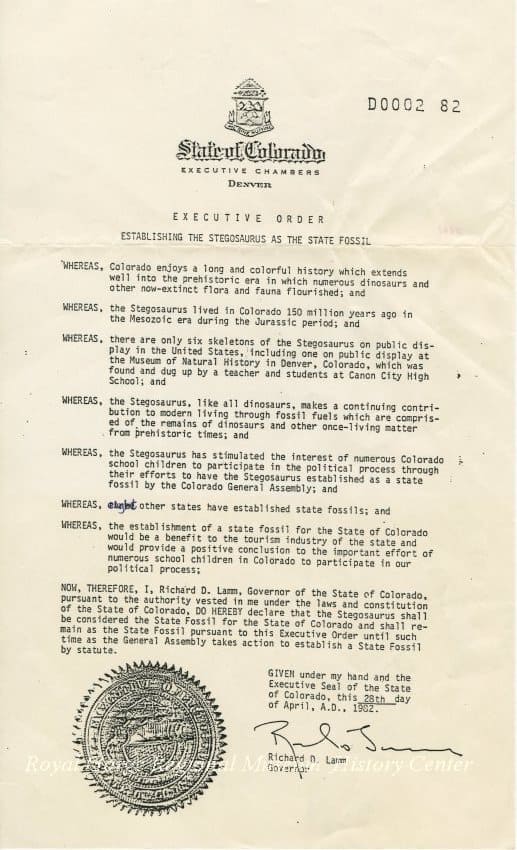
Stegosaurus was designated as Colorado’s official state fossil in 1982 as the result of the efforts of a fourth grade class. In 1980 Ruth Sawdo, a teacher at McElwain Elementary School in the Denver suburb of Thornton, was teaching her students the history of Colorado.
As part of this overview, the class learned about the state’s official symbols such as the state animal (Rocky Mountain Bighorn Sheep), flower (Rocky Mountain Columbine) and bird (Lark Bunting).
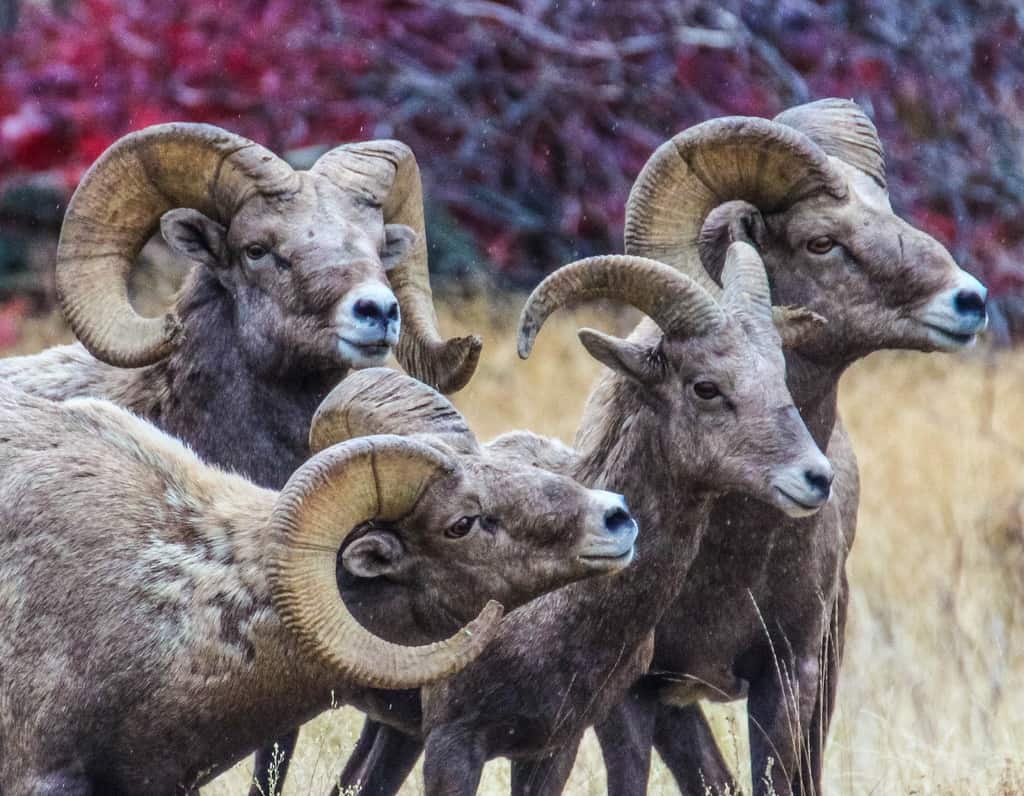
In finding that Colorado had no official state fossil, Sawdo and her students evaluated possible candidates to fill that role and agreed that Stegosaurus would be an ideal choice. The students then began lobbying for its official recognition by creating petitions and writing letters to politicians.
For two years the students led a growing contingency of other interested parties in a push for an official designation by lawmakers. At one point the fourth graders dressed in Stegosaurus costumes and hosted a lunch, complete with “dino” cookies, for Governor Richard Lamm and state legislators.

While the students learned valuable lessons about the legislative process, the lawmakers were not moved enough to create a bill. However, Governor Lamm was impressed with the efforts and on April 28, 1982 traveled to McElwain Elementary School, where he signed an executive order designating Stegosaurus as Colorado’s official state fossil.


